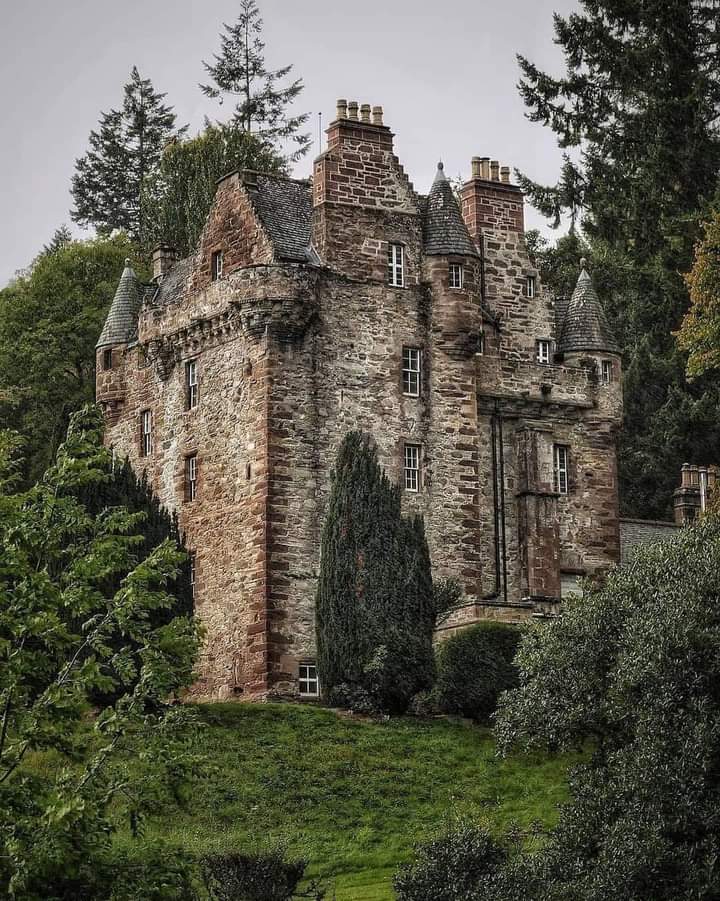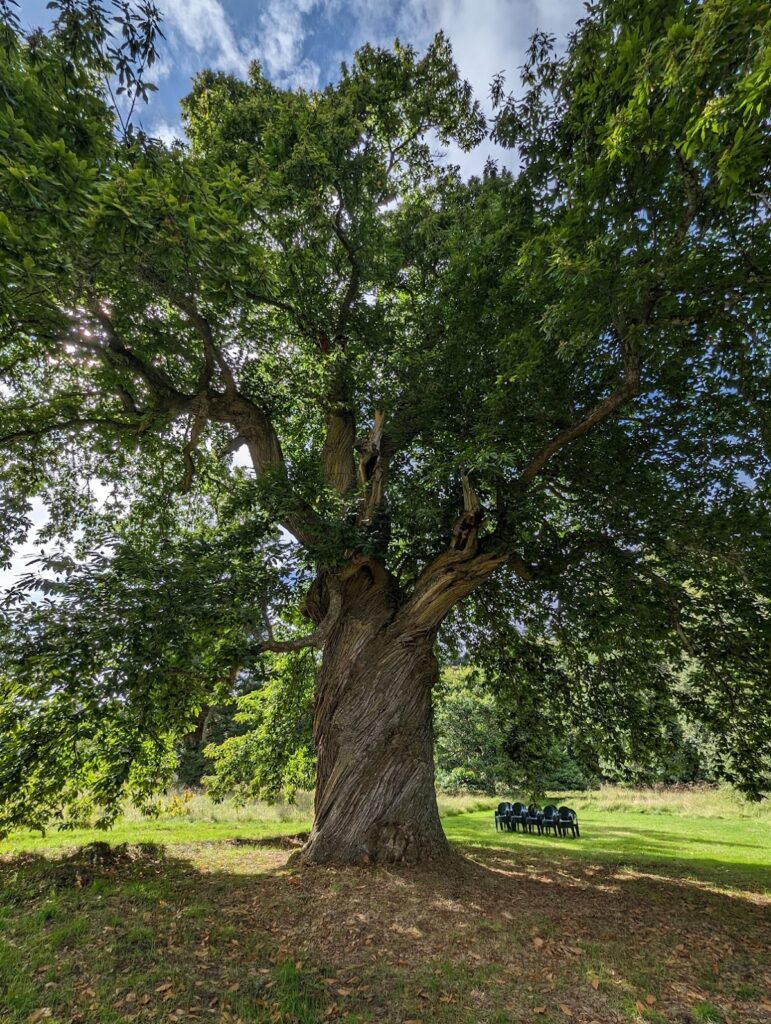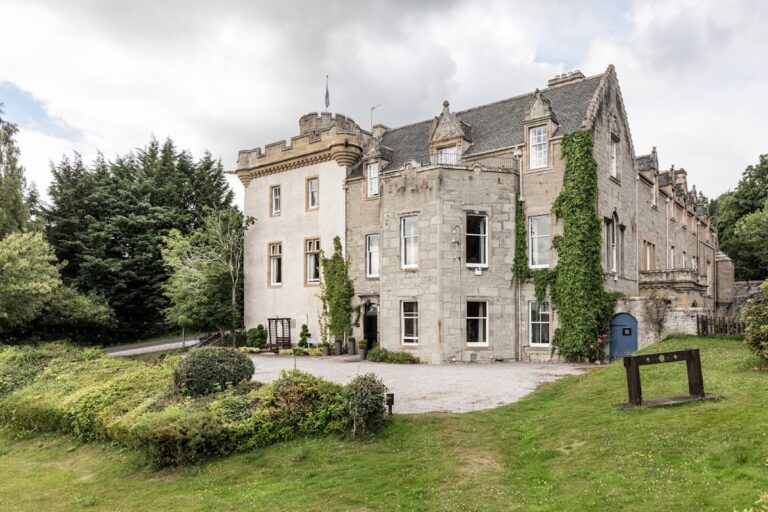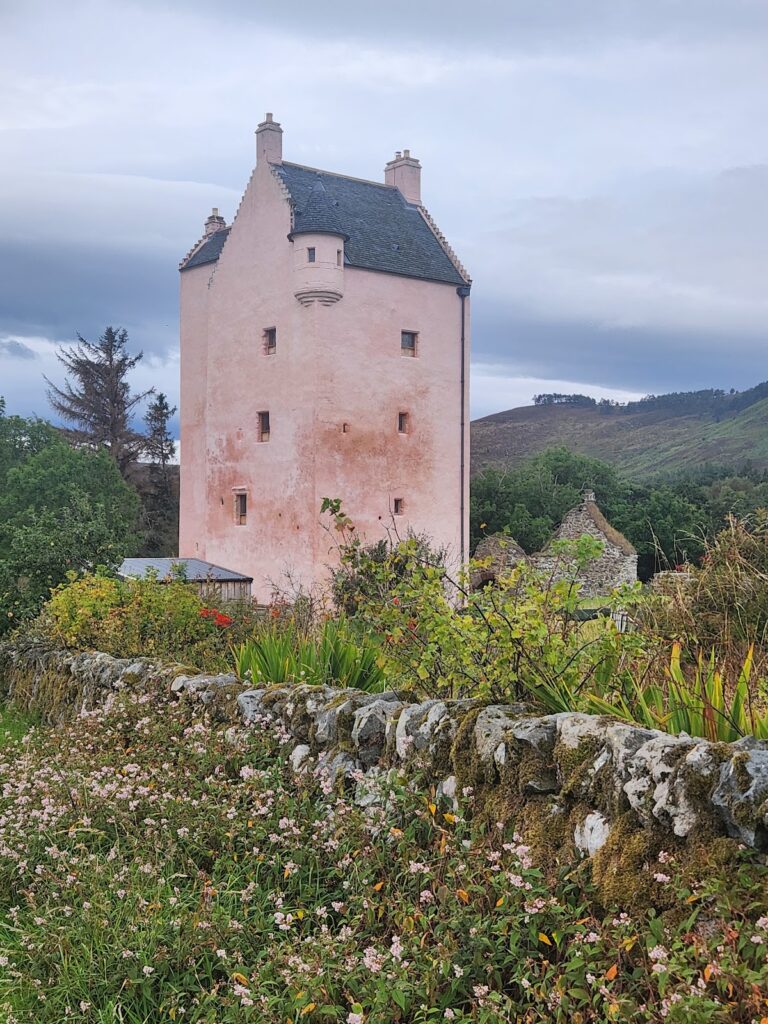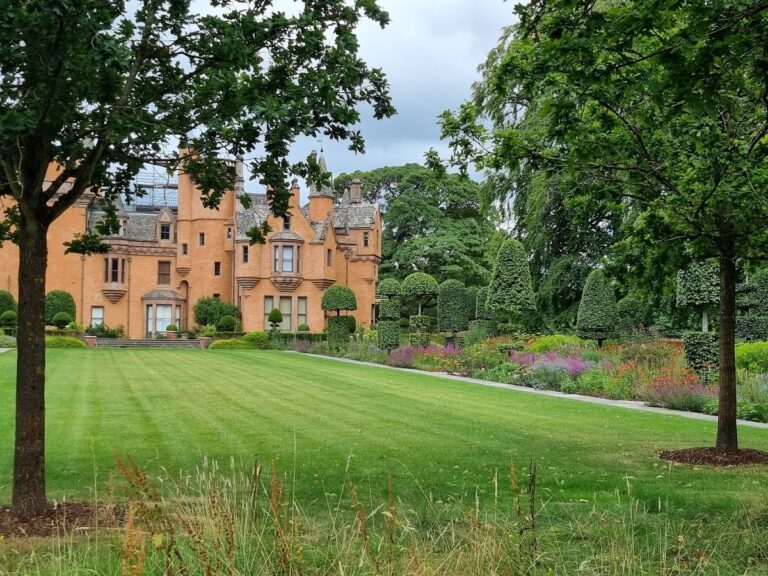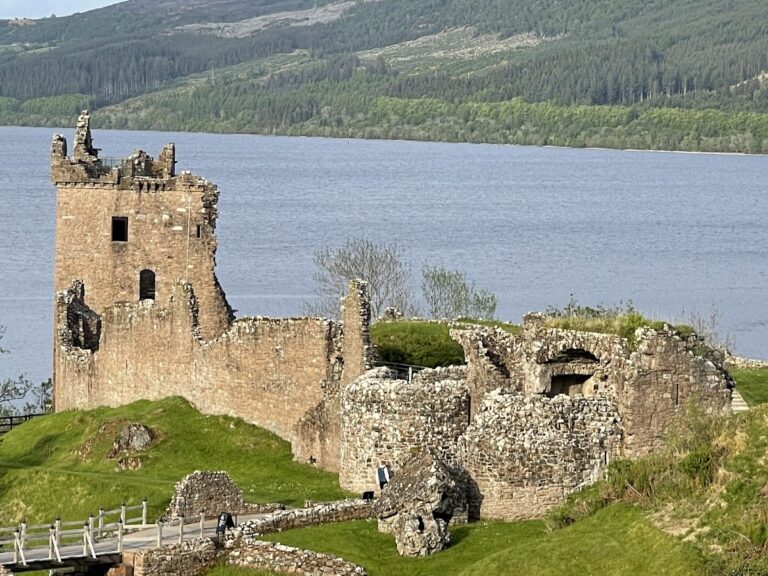Castle Leod: The Historic Seat of Clan Mackenzie in Scotland
Visitor Information
Google Rating: 4.5
Popularity: Low
Google Maps: View on Google Maps
Official Website: www.castleleod.org.uk
Country: United Kingdom
Civilization: Unclassified
Remains: Military
History
Castle Leod is situated near the village of Strathpeffer in Scotland and was established by the Celtic Highlanders as the ancestral home of Clan Mackenzie. Its origins trace back to a site formerly occupied by a Pictish fort, indicating a much earlier presence predating the 12th century.
The castle’s association with the Mackenzie clan began in the early 16th century. John of Killin, the 10th Chief of Clan Mackenzie, was granted the estate following his participation in the Battle of Flodden in 1513, a significant conflict between Scotland and England. This marked the beginning of the Mackenzies’ long-standing connection to Castle Leod.
In the early 17th century, the castle underwent significant development under Sir Roderick “Rorie” Mackenzie, brother of Kenneth Mackenzie, 1st Lord Mackenzie of Kintail. Roderick’s marriage in 1605 to Margaret MacLeod, heiress of Torquil MacLeod of Lewis, was pivotal—bringing considerable wealth and ending a feud over the Barony of Coigach, which then passed to the Mackenzies. The castle’s current form largely dates from this period of rebuilding and expansion.
The mid-18th century brought turmoil when George Mackenzie, 3rd Earl of Cromartie, supported the unsuccessful Jacobite uprising of 1745. As a result, he forfeited the estate in 1746. Although the title was not restored, the family regained the property in 1784 through his son, marking a partial recovery of their heritage.
By the early 19th century, Castle Leod had fallen into serious disrepair. In 1814, it was described as a ruin, largely deserted aside from crows, likely referring to the upper floors that had deteriorated over time. This decline ended in the mid-19th century when the Hay-Mackenzie family undertook extensive restoration work. Anne Hay-Mackenzie, who married George Sutherland-Leveson-Gower, 3rd Duke of Sutherland, played a central role in restoring the earldom of Cromartie in 1861, reconnecting the family with its noble legacy.
Subsequent alterations included north side extensions in 1851 and rebuilding efforts in 1904. The castle remained the seat of the Earls of Cromartie, who continue to maintain it. In the late 20th century, the roof was repaired in 1992, preserving the structure for future generations. Beyond its historical importance, Castle Leod has cultural significance as the inspiration for the fictional Castle Leoch in Diana Gabaldon’s Outlander books. Gabaldon’s personal contribution to the grounds included planting a rowan tree, a symbol closely tied to Scottish folklore.
Remains
Castle Leod presents as a compact tower house constructed primarily from red sandstone, following an L-shaped design common in Scottish defensive buildings of its time. This oldest section, possibly dating back to the 15th century, was later expanded to fill the inner corner formed by the two wings. This addition created a more square footprint and incorporated a larger staircase and additional bedrooms, enhancing both the castle’s defensive and residential capabilities.
A notable feature is the dormer window bearing the date 1616, which likely relates to the period of major renovations under Sir Roderick Mackenzie. This extension stands above the parapet of the original façade and exhibits a more decorative architectural style compared to the older, sturdier sections beneath.
The castle’s defensive characteristics are well preserved. Wall thickness varies between roughly 1.8 and 2.4 meters (6 to 8 feet), providing substantial protection. Iron grilles cover some lower windows, while numerous splayed gun loops and narrow arrow slits offer vantage points for defense. These features reflect the need for security during a turbulent period in Scottish history.
Inside, many original fittings survive, including wood paneling that adorns several rooms. The interiors also display portraits of Mackenzie ancestors and large-scale historic maps, conveying the clan’s lineage and territorial connections. Antique furnishings further enrich the atmosphere, linking present-day visitors to the castle’s storied past.
The grounds include two Spanish chestnut trees (Castanea sativa), believed to have been planted in 1556 by John of Killin. These trees were reportedly established to celebrate the confirmation of his ownership of Castle Leod by Mary, Queen of Scots, adding a living historical element tied to the castle’s documented past.
